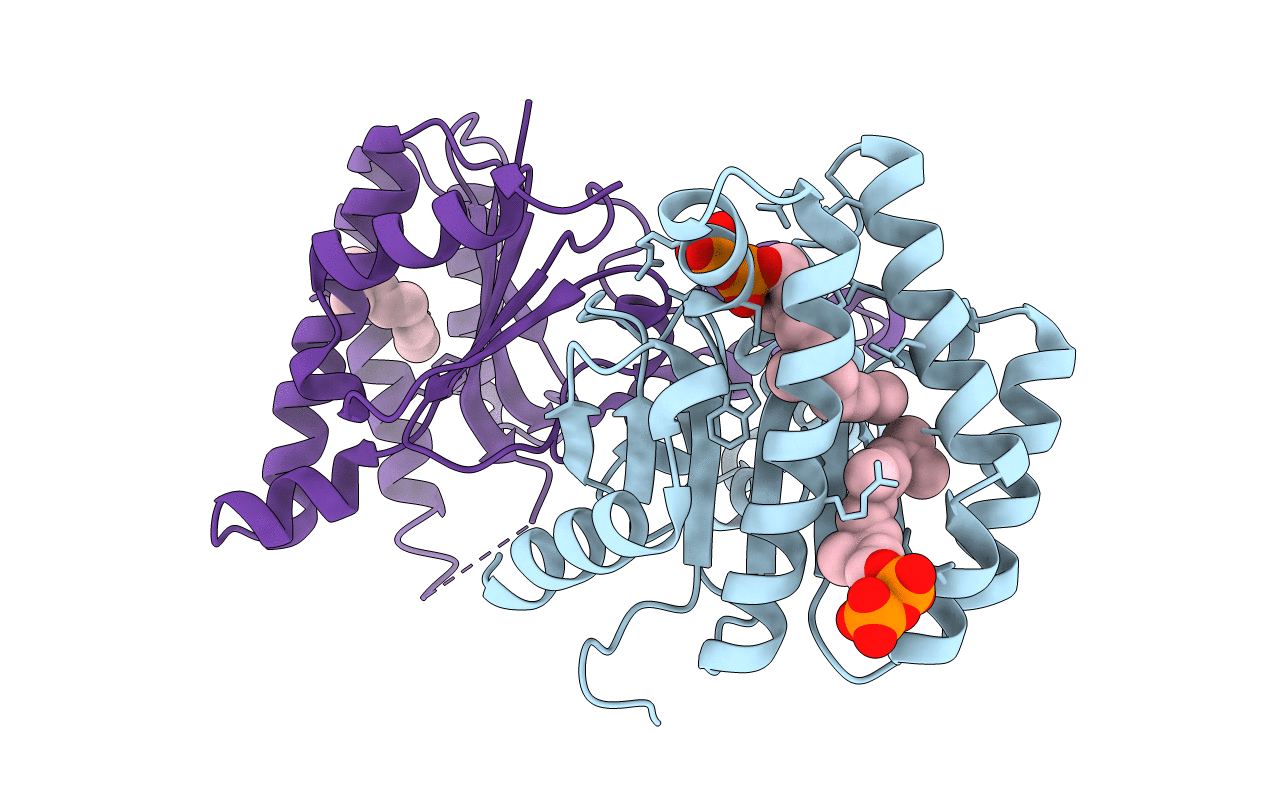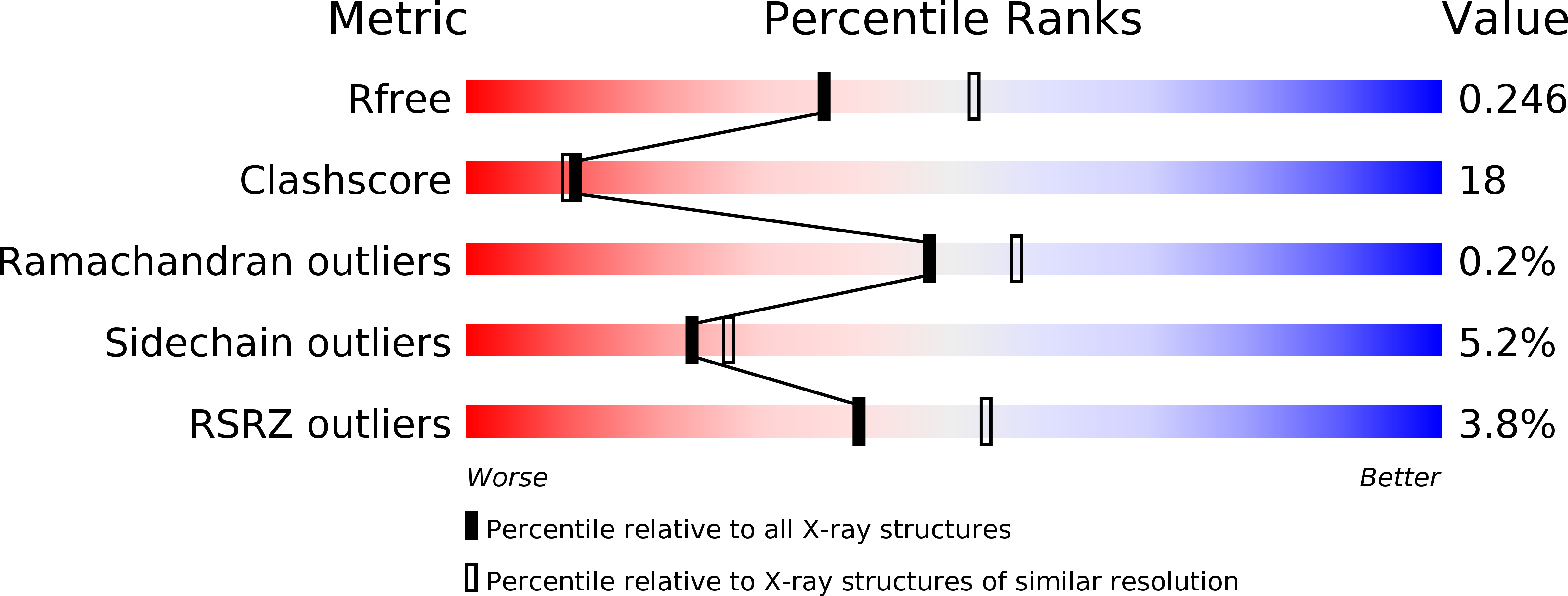
Deposition Date
2003-12-24
Release Date
2004-01-13
Last Version Date
2023-12-27
Entry Detail
PDB ID:
1V7U
Keywords:
Title:
Crystal structure of Undecaprenyl Pyrophosphate Synthase with farnesyl pyrophosphate
Biological Source:
Source Organism:
Escherichia coli (Taxon ID: 562)
Host Organism:
Method Details:
Experimental Method:
Resolution:
2.35 Å
R-Value Free:
0.25
R-Value Work:
0.17
R-Value Observed:
0.25
Space Group:
P 21 21 21


